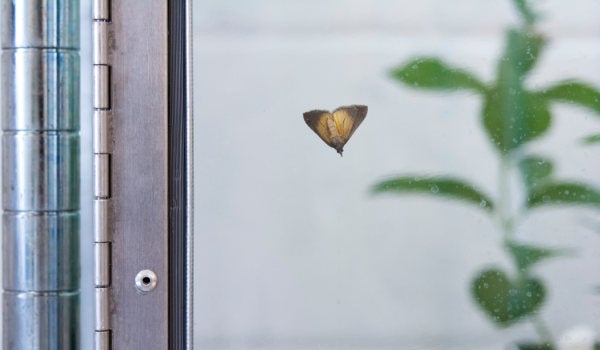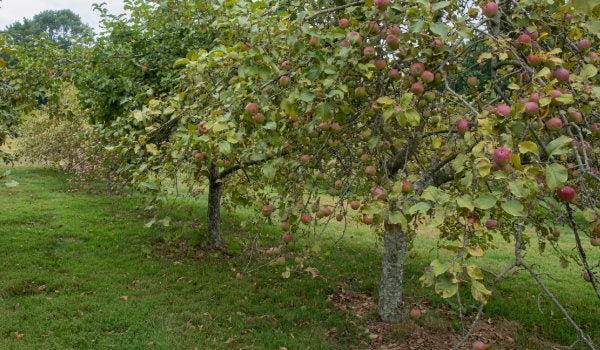Of 1,700 introduced insects in this country, over half are identified as pests. The 300 species of invasive plants in North America have already infested 100 million acres and infest another 3 million acres per year. In many cases these problems can be solved by ‘reacquainting’ these pests with effective natural enemies in a deliberate process called classical biological control.
Biological Control of Invasive Species
Our USDA-approved primary quarantine laboratory—the only university quarantine lab in the Northeast— allows us to import and study potential biological control agents that do not exist elsewhere in North America. We concentrate on invasive insects and plants, particularly those of consequence to our forests, agricultural commodities and landscape plants in the Northeast. We also work to implement biological control research from other universities. The goal of this research is to provide long-term management of key insect and weed pests and in the process to advance the science of biological control.
Identification and replacement of invasive ornamentals
Of the thousands of species of exotic plants that were introduced and distributed in this country for horticultural or agronomic uses over the past 300 years, several species are now widely regarded as pests. Some important ornamental plants have invasive tendencies, which may present problems in minimally managed landscapes. Our research focus is to identify invasive species and select, evaluate, and promote alternative species suitable for the nursery and landscape industries.
Researchers
Research Associate/Adjunct Professor
Plant Science and Entomology/IPM/URI Biocontrol Lab/
401.874.2750
lisat@uri.edu



